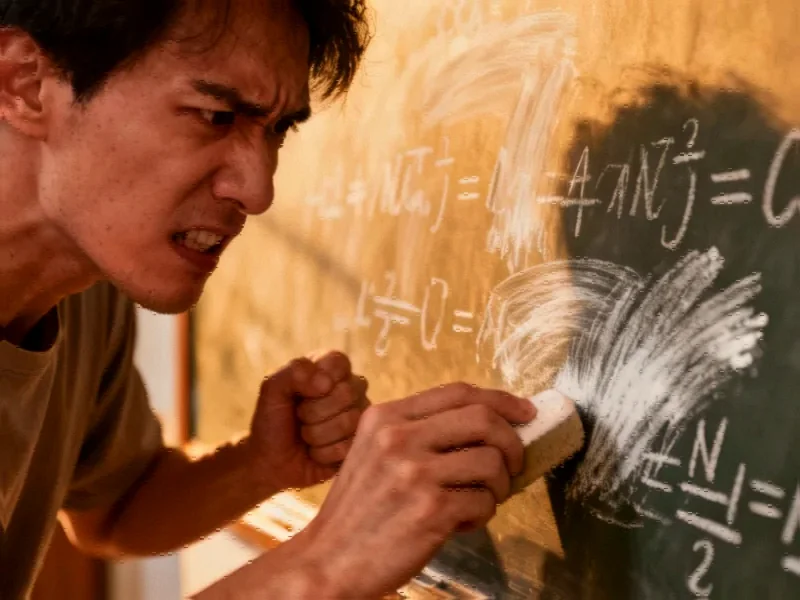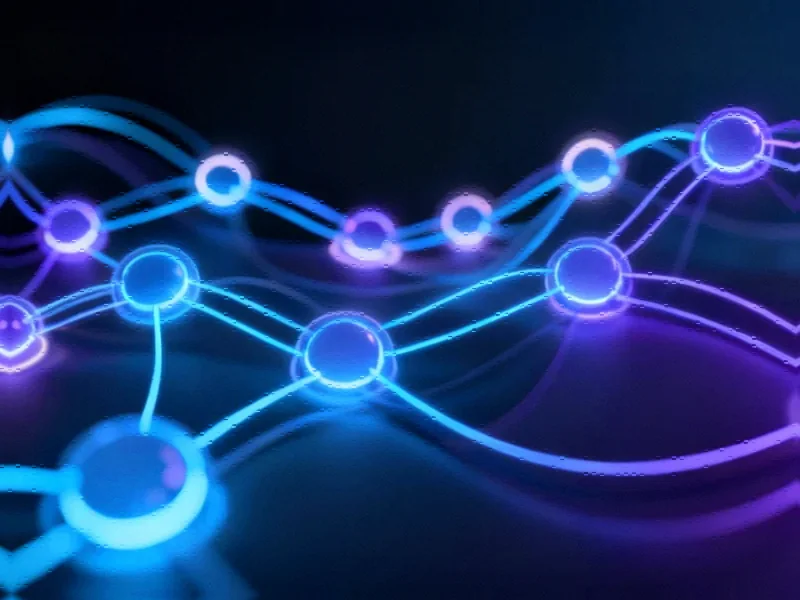AI Leaders Criticize OpenAI’s Mathematical Breakthrough Claims
OpenAI researchers are facing significant criticism from prominent AI industry leaders after making bold claims about GPT-5’s mathematical capabilities. According to reports, Meta’s Chief AI Scientist Yann LeCun described the situation as “embarrassing,” while Google DeepMind CEO Demis Hassabis echoed similar sentiments about what he characterized as premature celebration of unverified achievements.
The Controversial Announcement
The controversy began when OpenAI Vice President Kevin Weil reportedly declared in a since-deleted tweet that “GPT-5 found solutions to 10 (!) previously unsolved Erdős problems and made progress on 11 others.” These mathematical conjectures, named after mathematician Paul Erdős, represent some of the most challenging unsolved problems in mathematics. Sources indicate that the announcement created immediate excitement followed by swift skepticism within the mathematical community.
Mathematician Challenges OpenAI’s Claims
Mathematician Thomas Bloom, who maintains the official Erdos Problems website, directly challenged the characterization of GPT-5’s achievements. In a statement posted on social media, Bloom called Weil’s post “a dramatic misrepresentation” of what actually occurred. According to Bloom’s analysis, while these problems were listed as “open” on his website, this designation simply meant he was “personally unaware of a paper which solves it” rather than representing genuinely unsolved mathematical frontiers.
Bloom clarified that instead of solving previously unsolved problems, “GPT-5 found references, which solved these problems, that I personally was unaware of.” This distinction proved significant, as it suggested the AI system had demonstrated sophisticated literature review capabilities rather than genuine mathematical problem-solving innovation that would represent broader industry developments in artificial intelligence.
OpenAI Researcher’s Response
Following Bloom’s clarification, OpenAI researcher Sebastien Bubeck, who had also been promoting GPT-5’s mathematical accomplishments, acknowledged that “only solutions in the literature were found.” However, Bubeck suggested this still represented a meaningful achievement, stating “I know how hard it is to search the literature.” This perspective highlights ongoing debates within the AI research community about what constitutes genuine advancement versus incremental improvement in existing capabilities.
Analysts suggest this incident reflects broader tensions in how AI companies communicate their breakthroughs, particularly as competition intensifies in the rapidly evolving field of artificial intelligence research. The episode comes amid increased scrutiny of AI capabilities and appropriate framing of technological progress across multiple sectors experiencing market trends influenced by automation technologies.
Industry Reaction and Implications
The response from leading AI figures was swift and critical. Yann LeCun’s characterization of the situation as “embarrassing” and Demis Hassabis echoing similar sentiments underscores the competitive dynamics between major AI research organizations. Industry observers note that such public disagreements between top AI researchers are relatively uncommon and may signal increasing tensions as companies race to demonstrate superior capabilities.
According to coverage from The Decoder, the incident raises important questions about verification processes for AI breakthroughs and appropriate communication of research findings. The report states that while AI systems have made remarkable progress in various domains, claims of solving fundamental mathematical problems require particularly rigorous validation given the field’s precise nature.
This controversy emerges as AI companies increasingly focus on mathematical reasoning as a key benchmark for intelligence, with researchers exploring how recent technology might eventually contribute to genuine mathematical discovery rather than literature review. The incident highlights the challenges in distinguishing between true innovation and sophisticated information retrieval, even as AI systems demonstrate increasingly impressive capabilities across numerous domains of related innovations in machine learning and artificial intelligence.
This article aggregates information from publicly available sources. All trademarks and copyrights belong to their respective owners.
Note: Featured image is for illustrative purposes only and does not represent any specific product, service, or entity mentioned in this article.



